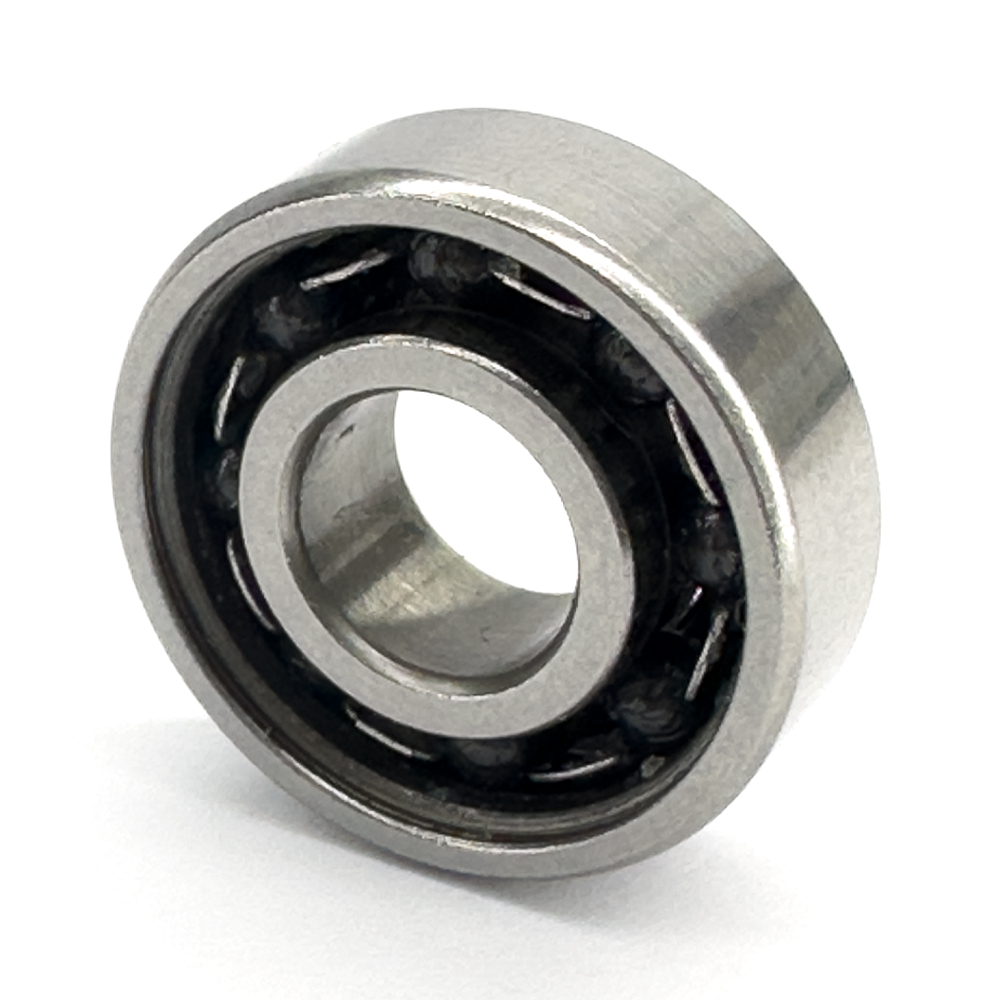

Sign in
New customer? Start here
Cancel
6226C

Price $ 171.00
Number
| Part Number | 6226C |
| System of Measurement | Metric |
| Bearing Type | Ball |
| For Load Direction | Radial |
| Seal Type | Open |
| Bore Dia | 130 mm |
| Outer Dia | 230 mm |
| Width | 40 mm |
| Ring Material | Chrome Steel |
| Balls Material | Si3n4 |
| Dynamic Radial Load | 3507 lbf |
| Static Radial Load | 29675 lbf |
| Max Speed (X1000 rpm) | 3.6 |
| Shoulder Diameter | 197.5 mm |
| Chamfer Dimension | 3 mm |
| Diameter Of Shaft Abutment | 144 mm |
| Diameter Of Housing Abutment | 216 mm |
| Radius Of Shaft Or Housing Fillet | 2.5 mm |
| Fatigue Load Limit | 4.15 kN |
| Reference Speed | 5600 r/min |
| Minimum Load Factor | 0.025 |
| Calculation Factor | 14.5 |
| Weight | 5860 g |

Design Features of 6226C Bearing
6226C Bearing utilizes ceramic balls, typically made of silicon nitride (Si3N4), combined with steel inner and outer races. 6226C bore dia is 130 mm. Its out dia is 230 mm. 6226C width is 40 mm. This Ceramic Ball Bearing provides a sophisticated, high-performance solution that caters to the unique challenges presented by modern industrial and technological applications.
What Benefits Can 6226C Bearing Provide?
- Reduced Friction: Ceramic's low frictional properties ensure smoother operation and decreased heat generation.
- Enhanced Durability: The wear-resistant nature of ceramic extends the bearing's lifespan, particularly in demanding conditions.
- Corrosion Resistance: Ceramic balls resist moisture and chemicals, safeguarding the bearing from corrosive environments.
- Electrical Insulation: Its non-conductive composition prevents electrical arcing, essential in electrically active setups.
- High-Speed Operation: Its attributes permit this bearing to operate efficiently at elevated rotational speeds.
What Can 6226C Bearing Be Used for?
6226C Bearing is employed in various applications due to its unique characteristics. It can be used for:
- Electric Motors: Ideal for preventing electrical arcing, especially in electric vehicles.
- Precision Machinery: Suited for high rotational accuracy needs.
- Aerospace: Meeting the demands of wear resistance and thermal stability.
- High-Frequency Machining: Beneficial for high-speed spindles and machining centers.
- Harsh Environments: Resisting corrosion and withstanding extreme temperatures.


